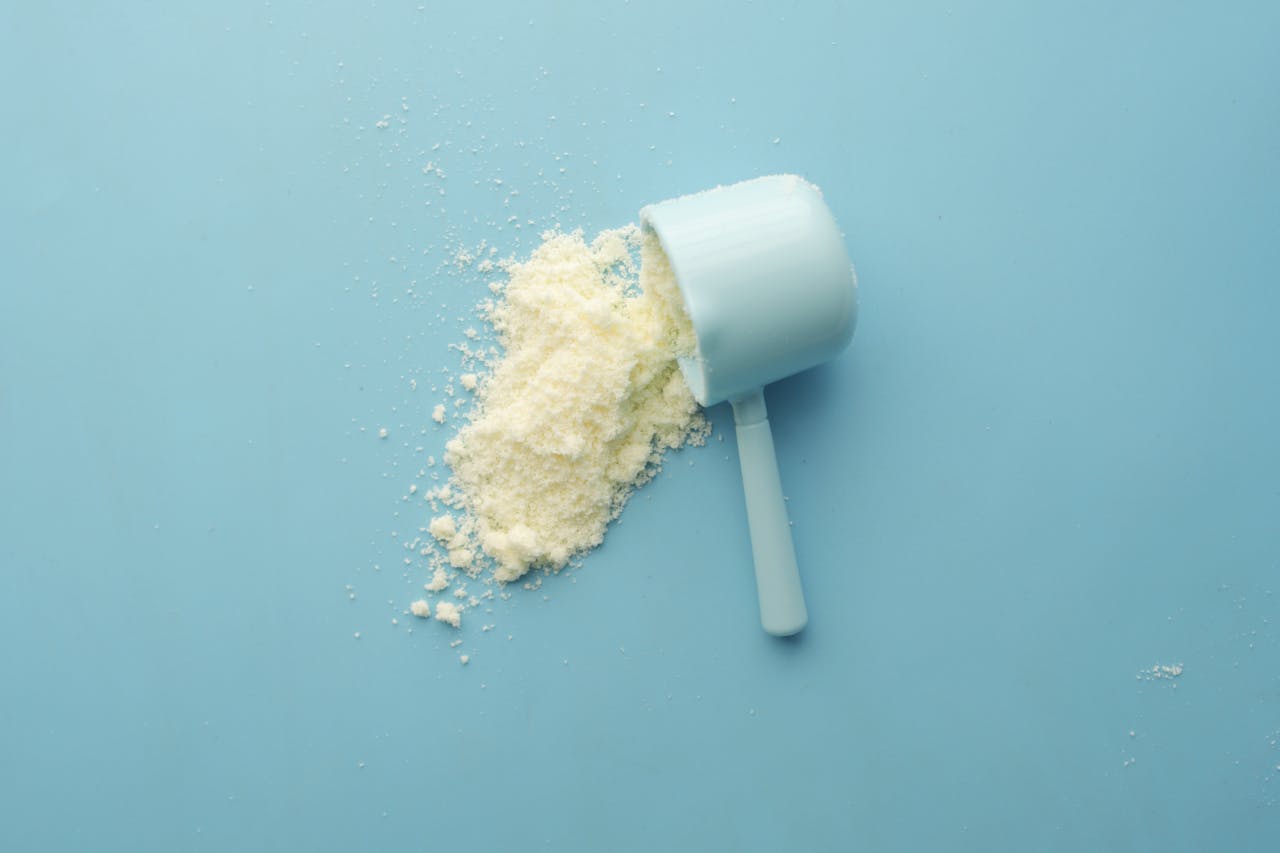Creatine Monohydrate vs. Creatine HCl: What Every Fitness Enthusiast Should Know
As a personal trainer, I’m frequently asked about supplements that can enhance performance and support muscle growth. Among the most popular is creatine, a staple in many athletes’ and gym-goers’ routines. However, with various forms available on the market, it can be confusing to choose the right one. Two of the most common types are Creatine Monohydrate and Creatine Hydrochloride (HCl). Let’s dive into the differences, benefits, and which might be best suited for your fitness goals.
What Is Creatine?
Before we compare the two, it’s essential to understand what creatine does. Creatine is a naturally occurring compound found in small amounts in certain foods and synthesized by the body. It plays a crucial role in producing energy during high-intensity, short-duration exercises like weightlifting and sprinting. Supplementing with creatine can help increase muscle mass, improve strength, enhance performance, and speed up recovery.
Creatine Monohydrate: The Gold Standard
Creatine Monohydrate is the most researched and widely used form of creatine. It consists of creatine molecules bound to water, making it stable and effective.
Pros:
- Proven Effectiveness: Numerous studies have validated its efficacy in increasing muscle mass, strength, and exercise performance.
- Cost-Effective: It’s generally the most affordable form of creatine available.
- Availability: Easily found in various supplements, from powders to capsules.
- Well-Researched: Extensive research supports its safety and benefits when used as directed.
Cons:
- Water Retention: Some users experience water retention, leading to a bloated feeling.
- Digestive Issues: A small percentage may experience stomach discomfort or bloating, especially when taken in large doses.
- Loading Phase: Often recommended to undergo a loading phase (20 grams per day for 5-7 days) which can be inconvenient for some.
Creatine Hydrochloride (HCl): The Newcomer
Creatine HCl is a newer form of creatine where creatine molecules are bound to hydrochloric acid. This binding increases solubility in water and may enhance absorption in the body.
Pros:
- Enhanced Solubility: More soluble in water than monohydrate, leading to easier mixing and potentially better absorption.
- Reduced Water Retention: Users often report less water retention and a slimmer feeling compared to monohydrate.
- Smaller Dosage: Effective at lower doses (typically 1-2 grams per day) compared to monohydrate’s loading phase.
- Better Digestive Tolerance: Fewer reported cases of stomach discomfort or bloating.
Cons:
- Cost: Generally more expensive than creatine monohydrate.
- Limited Research: Fewer studies support its efficacy and safety compared to monohydrate.
- Availability: Not as widely available, with fewer product options on the market.
Which One Should You Choose?
1. Goals and Preferences:
- Muscle Growth and Strength: Both forms are effective, but creatine monohydrate has a more extensive research backing.
- Avoiding Water Retention: Creatine HCl might be preferable if you’re sensitive to bloating or prefer a leaner appearance.
- Convenience: If you dislike the loading phase or need a smaller dose, Creatine HCl could be more convenient.
2. Budget Considerations:
- If cost is a significant factor, creatine monohydrate is the way to go. It offers excellent value for its proven benefits.
3. Digestive Sensitivity:
- For those who experience digestive issues with monohydrate, Creatine HCl may be gentler on the stomach.
4. Research and Safety:
- Creatine monohydrate has been studied extensively for decades, ensuring its safety and effectiveness. Creatine HCl, while promising, lacks the same depth of research.
How to Use Creatine Effectively
Regardless of the type you choose, here are some tips to maximize your creatine supplementation:
- Consistency is Key: Take creatine daily to maintain elevated muscle stores. Whether you’re training or resting, consistency ensures optimal results.
- Hydration: Stay well-hydrated. Creatine draws water into your muscles, so adequate hydration supports overall performance and reduces the risk of cramps.
- Loading Phase (Monohydrate): If you opt for monohydrate and choose to do a loading phase, take 20 grams per day (split into 4 doses) for 5-7 days, then maintain with 3-5 grams daily.
- Timing: While timing isn’t crucial, taking creatine post-workout with a source of carbohydrates can enhance uptake and effectiveness.
- Quality Matters: Choose high-quality supplements from reputable brands to ensure purity and avoid unnecessary additives.
Final Thoughts
Both Creatine Monohydrate and Creatine HCl can be valuable additions to your fitness regimen, each with its unique advantages. Creatine Monohydrate remains the gold standard due to its proven efficacy, affordability, and extensive research. However, Creatine HCl offers an attractive alternative for those seeking better solubility, reduced water retention, and easier digestion, albeit at a higher cost and with less research backing.
As your personal trainer, I recommend starting with creatine monohydrate to take advantage of its well-documented benefits and cost-effectiveness. If you encounter digestive issues or prefer a supplement with fewer side effects, consider switching to creatine HCl. Always remember to consult with a healthcare professional before starting any new supplement, especially if you have underlying health conditions.
Ultimately, the best creatine for you is the one that fits seamlessly into your lifestyle, aligns with your fitness goals, and supports your overall well-being. Whether you choose monohydrate or HCl, incorporating creatine responsibly can significantly enhance your muscle-building and performance endeavors.
BODYBYKEEM




